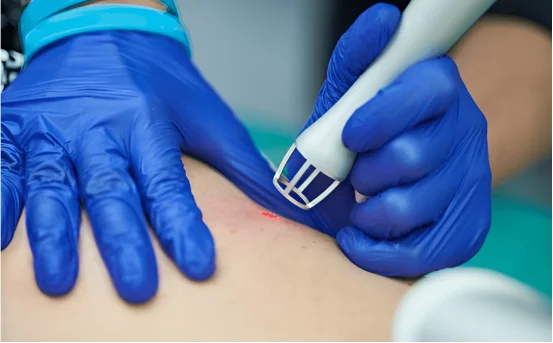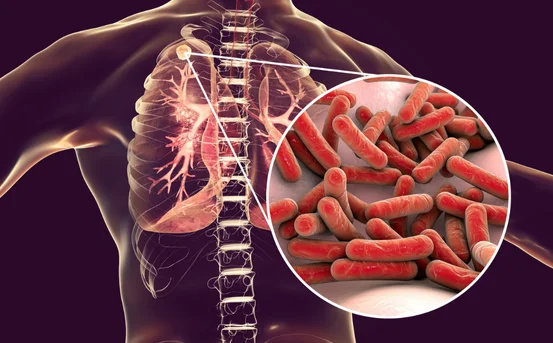Pericardiectomy surgery is a significant cardiac procedure that requires the removal of a portion or all of the pericardium, which is the protective sac that surrounds the heart. It is typically advised for those who suffer from constrictive pericarditis, and pericardial effusion that is recurring circumstances where the pericardium is thicker, more inflamed, or filled with fluid, limiting the normal heart’s function. understanding of treatment for pericardiectomy surgery.
The procedure for pericardiectomy isn’t limited to the procedure itself. It also includes preoperative assessments as well as surgical techniques, and the most important thing the recovery post-operatively as well as long-term care.
Why Pericardiectomy Is Needed
Conditions Leading to Surgery
Several heart-related disorders may necessitate pericardiectomy:
- Constrictive Pericarditis An ongoing swelling that leads to the pericardium to enlarge and constrict the heart.
- Recurrent Pericardial Effusion: Recurrent inflow of fluids that don’t respond to medications.
- Tuberculous Pericarditis: Infection caused by tuberculosis causing constriction and swelling.
- Pericarditis caused by radiation: Common among cancer patients who have had radiation treatment to the chest.
- Idiopathic cases: Sometimes the cause is unidentified, however symptoms and results from diagnostics indicate constriction.
The decision to proceed by having surgery typically comes following other treatments, such as medication or less invasive procedures — fail to alleviate symptoms.
Preoperative Treatment and Preparation
Before undergoing treatment for pericardiectomy surgery, patients undergo extensive tests, including:
- Echocardiography
- Cardiac MRI
- CT Scans
- Blood Tests
- Electrocardiogram (ECG)
The doctor also assesses the overall health of the heart in terms of lung function, overall health, and their ability to endure surgery. Patients may be put on diuretics for managing the retention of fluid, and anti-inflammatory medication to lessen pericardial inflammation prior to surgery.
Key Pre-Surgery Goals:
- Control heart failure symptoms
- Reduce inflammation
- Improve your physical and nutritional health
The Pericardiectomy Procedure
Surgical Technique
Pericardiectomy is carried out with general anesthesia. The most popular surgical options comprise:
- Median Sternotomy (open-chest surgery) An incision of a large size through the sternum to allow for a complete removal.
- Thoracotomy (side approach) is a procedure that involves opening the chest by lateral approach and is less invasive, however it’s usually used for partial pericardiectomy.
- Minimally Invasive or Robotic Techniques: Used in certain cases using the latest medical technology.
The surgeon can remove all or a large portion of the pericardium based on the extent of constriction and the root causes. A total pericardiectomy can be preferable in chronic pericarditis, as it provides full relief.
Postoperative Treatment and Recovery
Immediate Post-Surgery Care
Following surgery, patients are being monitored within the Intensive Care Unit (ICU) for 24 to 48 hours. The most important treatments are:
- Oxygen therapy
- Management of pain
- Fluids are drained
- Monitoring of heart rhythms and vital indicators
Some patients might require temporary assistance with breathing or heart function.
Hospital Stay & Recovery Time
- Hospitalization 5 to 10 days, depending on the severity of the problem.
- Full Recovery From 6 to 12 weeks
A majority of patients experience significant improvement in energy levels, breathing and overall heart health after surgery.
Rehabilitation and Long-Term Treatment
Cardiac Rehabilitation
Following discharge the majority of patients enroll in a cardiac rehabilitation program to help them regain their the strength. It is typically:
- Physical therapy with a guide
- Counseling for nutrition
- Health education for the heart
- Support for emotional and psychological needs
Medications After Surgery
Some postoperative medicines include:
- Antibiotics to stop infections
- Anti-inflammatory medications if required
- Heart medication if issues with rhythm persist
- The use of pain relievers to ease post-surgical discomfort
Possible Risks and Complications
Like any other heart surgery the pericardiectomy is not without potential risks, for example:
- Bleeding
- Infection
- Heart rhythm problems (arrhythmias)
- Lung complications
- Incomplete relief of symptoms if the pericardium is eliminated
With experienced cardiac surgeons and advanced techniques, the chance of success is high, especially in cases where the surgery is carried out in centers that specialize in cardiac surgery.
Expected Outcomes and Prognosis
Pericardiectomy for many patients provides life-changing advantages. The majority of patients say:
- Better endurance to exercise
- Energy and better breathing
- Reduction in the need for medication
- Long-term relief from the symptoms
According to research, more than 80-90% of patients suffering from constrictive pericarditis show significant improvement after surgery.
Conclusion
Pericardiectomy may sound scary however it’s an extremely effective treatment for those suffering from chronic pericardial ailments. A timely diagnosis, a proper treatment and postoperative treatment can significantly enhance the heart’s function and improve quality of life.
If you or someone else in your family suffers from breathing difficulties, chest pain or swelling caused by fluid retention, talk to an expert in cardiology to determine if it is the best option for treatment for pericardiectomy surgery,. When done at the right moment and with the help of a skilled surgeon this procedure could be lifesaving.






















